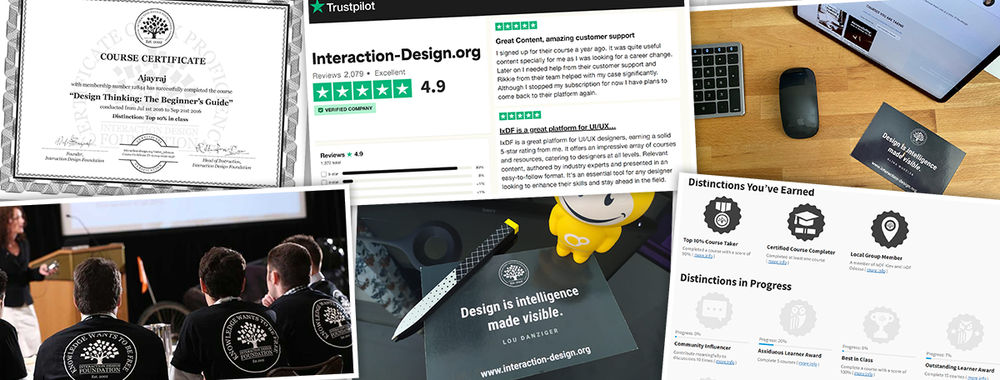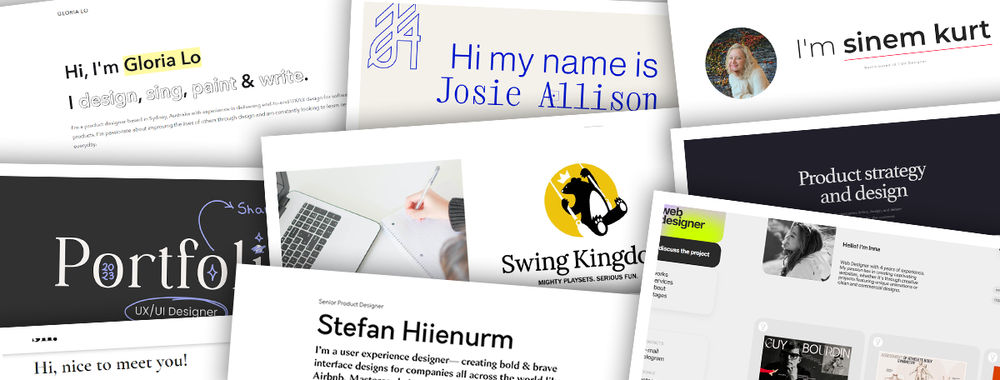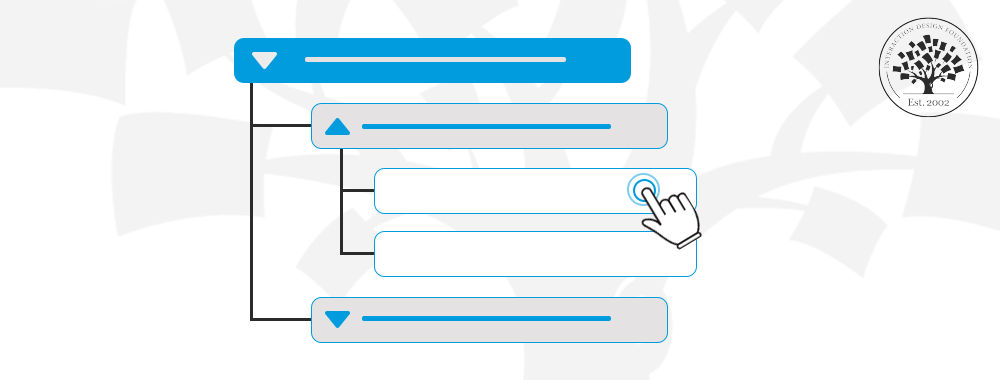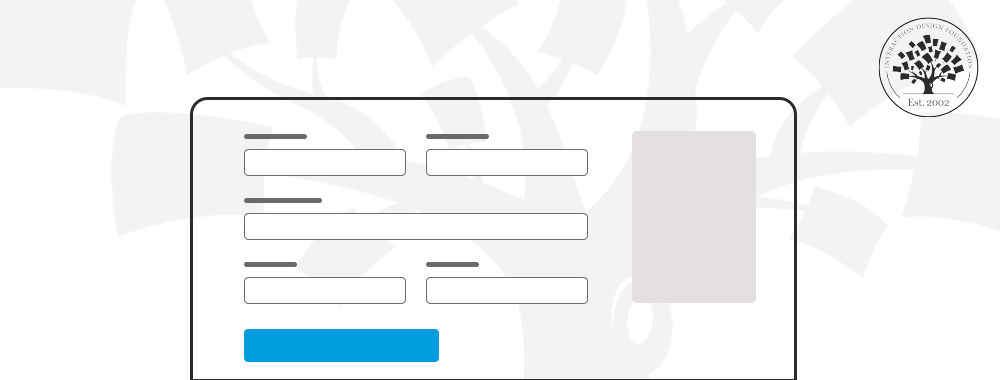If you use the words “click here” for your links; you’re not alone. The only trouble is that you’re really not alone. The most popular destination in the world for “click here” is Adobe Acrobat’s Adobe Reader website. Want to test this wild claim? Google the words - click here.
What’s Wrong with Click Here?

Author/Copyright holder: Javier Martínez Solera. Copyright terms and licence: CC BY-NC 2.0
In short here’s what’s wrong with using “click here” on links:
- We’ve reached the smartphone age – people don’t “click” links any more they push them instead. Yes, it sounds daft but terminology changes.
- You don’t tell your user where they’re going. Why would I want to go “here”? When I might be going to “spyware and viruses are us!”?
- You are killing your SEO. Unless you expect to suddenly become the world’s largest recipient of incoming “click here” links and that means unseating the mighty Adobe – your links aren’t bringing you any SEO love.
What Could be Done to Improve Hyperlink UX?
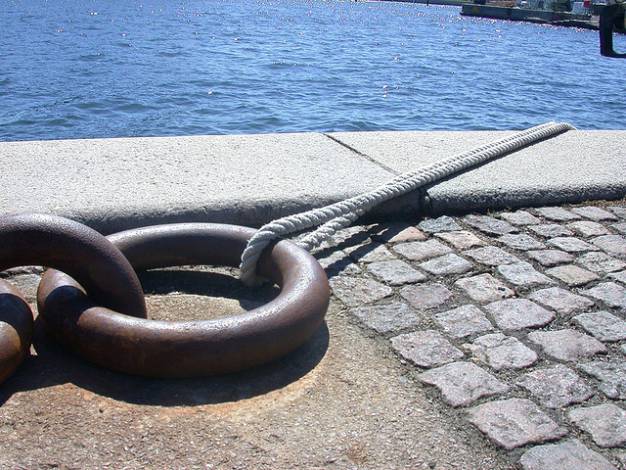
Author/Copyright holder: Riccardo Cambiassi. Copyright terms and licence: CC BY-SA 2.0
It’s not difficult to improve the user experience of links. You begin by consigning the words “click here” to the bin. You know that today most people will recognize highlighted text (usually highlighted with a colour variation) as a link. Here’s what you might want to do with that text:
- Keep it blue. Every major application and most websites use blue texts for links – this means blue triggers our automatic understanding that the text is a link.
- Use nouns (occasionally in conjunction with verbs) as the best links. Want to give away Adobe Acrobat Reader? Why not just say so? If you want to make it clear add a verb; e.g. Get Adobe Reader!
- Place links at the end of sentences where possible. That means someone can read what you have to say and then take immediate action. This is better than placing a link at the start and forcing people to scan backwards to take that action once they’ve read what you have to say.
- Be specific about the destination; “Get the Article” is not as good as “Get the UX Daily Article” which is still not as good as “Read Tips for Better Hyperlink UX”
Summary
It’s not hard to replace “click here” with something more meaningful. It’s an instant improvement to the user experience when people know where they’re going and when they don’t have to look for a mouse to get there.
It’s also worth noting that your SEO can be massively improved with descriptive links that take people to meaningful places too. Only the mighty Adobe gets any real benefit from a “click here” link.
Header Image: Author/Copyright Holder: SumAll. Copyright terms and licence: CC BY-NC-ND 2.0


